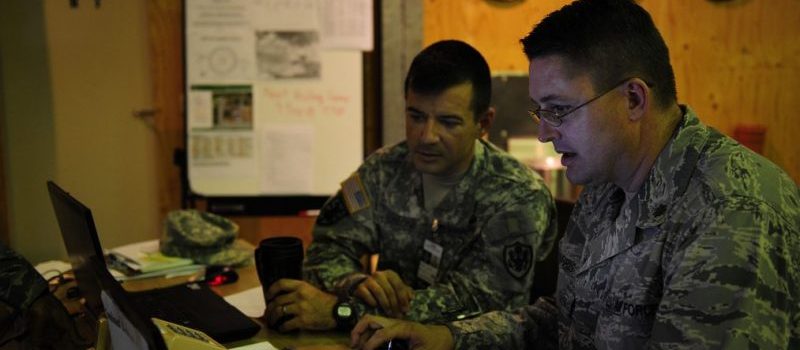Outdated IT networks can’t fully reap the benefits of new technologies like mobility, cloud, social networking and big data analytics. But without those modern tools, the joint forces are limited in their ability to serve the men and women who protect our country and its citizens.
That’s where network modernization comes into play. The network is the backbone of everything you do in IT.
A traditional network connects computers, mobile phones, devices, sensors and other hardware. To connect those pieces, a network relies on switches, routers, and wireless access points. Those essential networking basics allow connected devices connected to communicate with one another and with other networks, like the Internet.
But today, these legacy or enterprise networks aren’t up to the task of modern business needs. They can be sluggish, slowed by manual processes, and use hardware that isn’t built for agile, fast-paced enterprises.
To create a modern and responsive network, teams need to virtualize data center infrastructure – from servers to storage to networking. Combined with analytics, virtualization helps the network stand up to new demands and can help DoD achieve many of the goals of modernization.
First is automation. Not only does automation save workers time by eliminating many manual tasks, it also enhances agility through analytics, security and application experience. Automation also allows for the creation of entire local- and wireless-area network architectures. Finally, automation allows for network virtualization, tying in wired, wireless and IoT endpoints.
The second component that DoD can take advantage of is software-defined networking, or SDN. SDN is an architecture that relies on software for traffic routing, rather than clunky or expensive hardware. It brings the application and networking layers closer together, and provides greater automation and orchestration of the network fabric by allowing dynamic, application-led configuration of networks and services.
This capability is critical to readying DoD for technologies such as cloud-based applications, IoT devices, big data applications and more.
Next, a modern network can support cloud computing for the Defense Department. Cloud is critical for DoD because it lets the department update tech without ripping and replacing on-premises systems. In many cases, you can replicate and even enhance the functionality of a legacy system by subscribing to it as a service via the cloud. Plus, with cloud, DoD only has to pay for the capabilities and functions that it needs to meet mission goals.
Better networks also mean better security for DoD. Although network modernization and digital transformation are expanding DoD’s online attack surface, technology is evolving rapidly to counter cyberthreats. A security-driven network refresh can help eliminate vulnerabilities and mitigate risks.
Finally, network management becomes easier as DoD modernizes. As the network environment scales, it becomes difficult to effectively manage and ensure optimal service levels. And once cloud computing and IoT are fully adopted, the complexity will be overwhelming. Modern network solutions can incorporate artificial intelligence and machine learning to analyze the vast amounts of network data and take the appropriate action.
Advanced networking can help DoD achieve all these benefits of modern technology. Check out our recent GovLoop Academy course, Understanding Network Modernization at the Defense Department, to understand how a digital network architecture can help DoD move forward.






Leave a Reply
You must be logged in to post a comment.